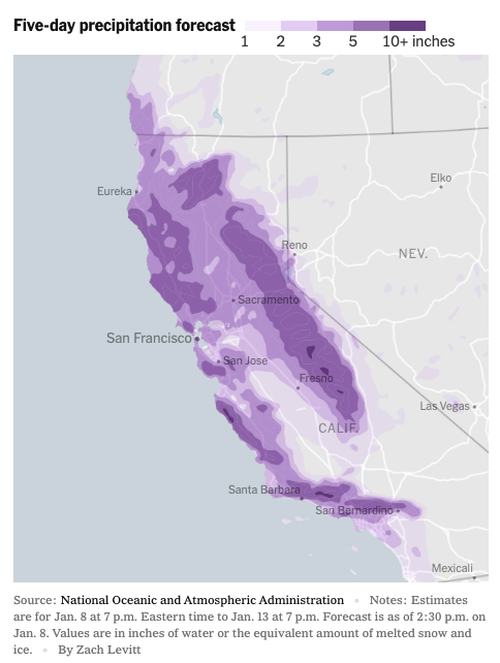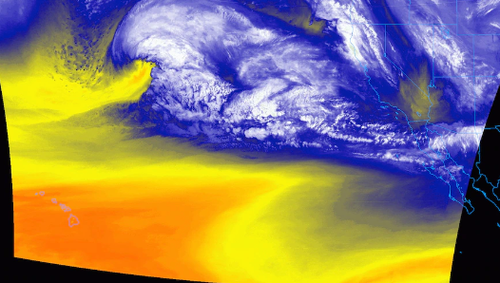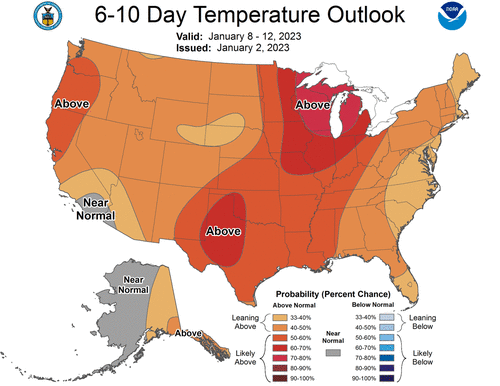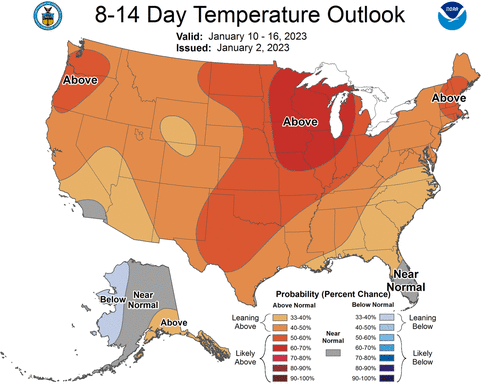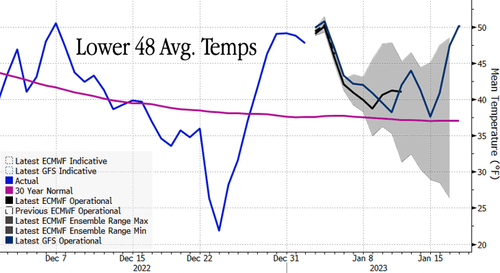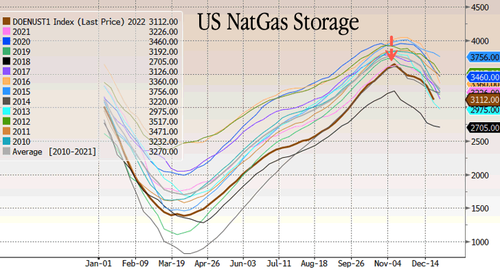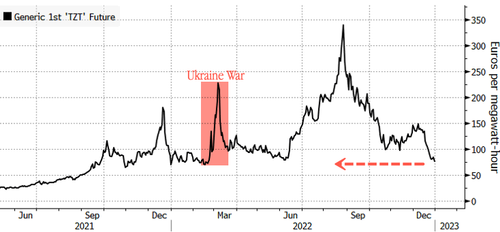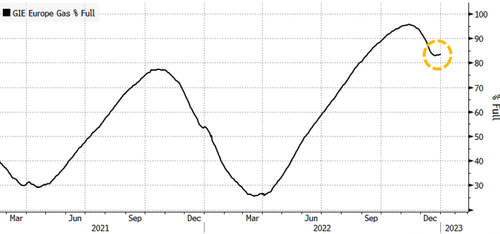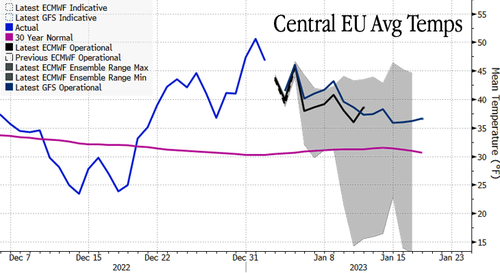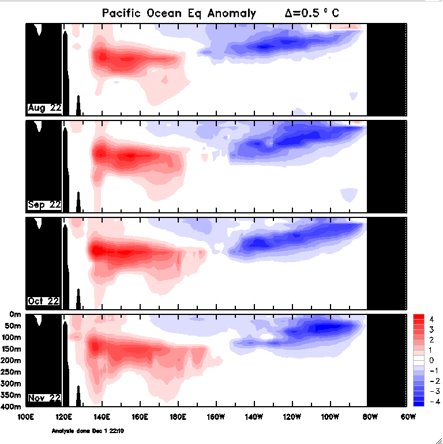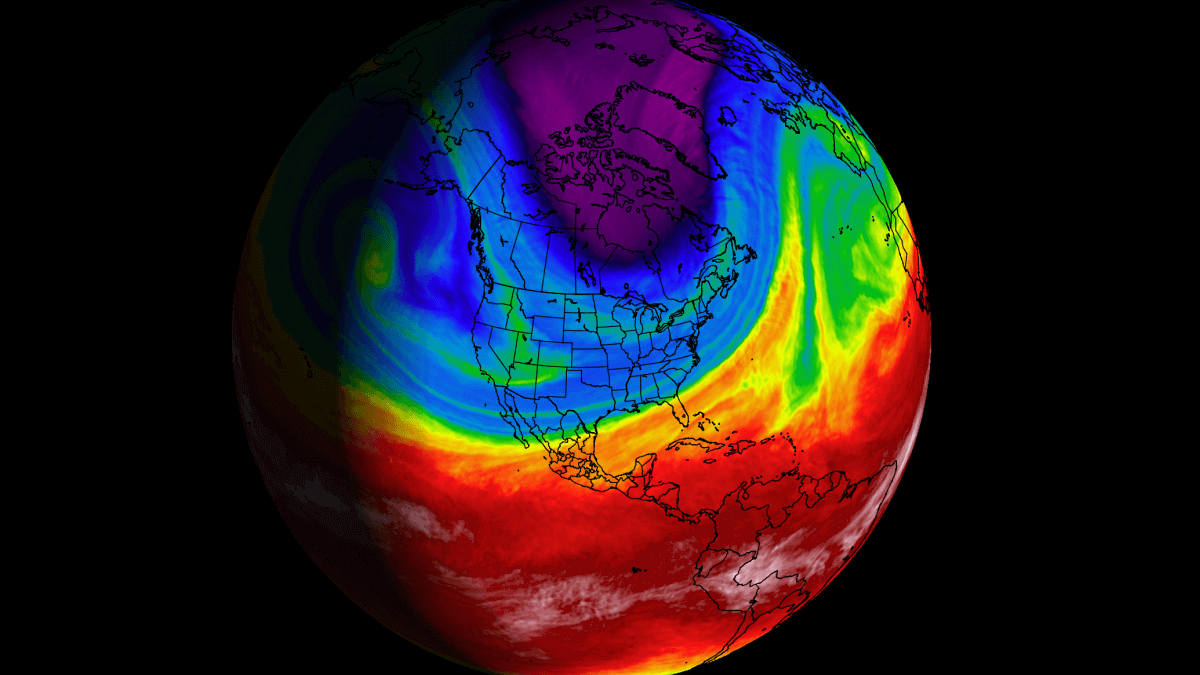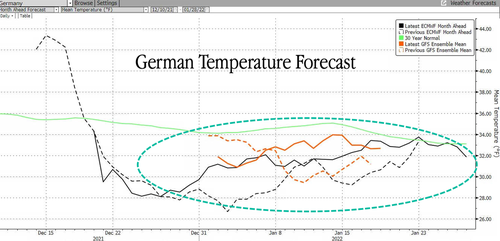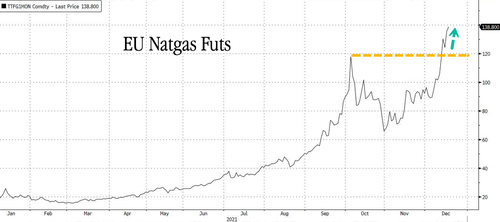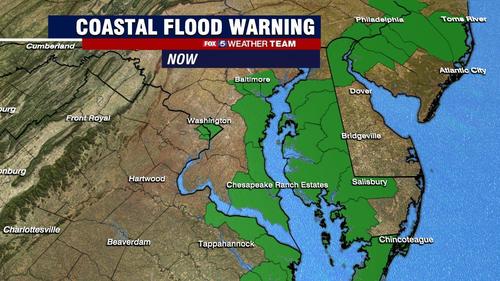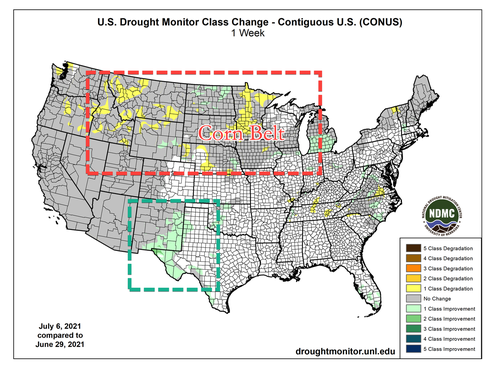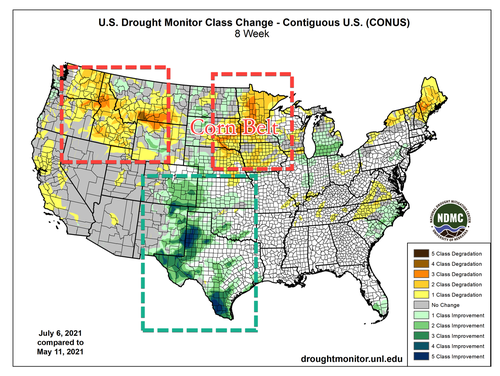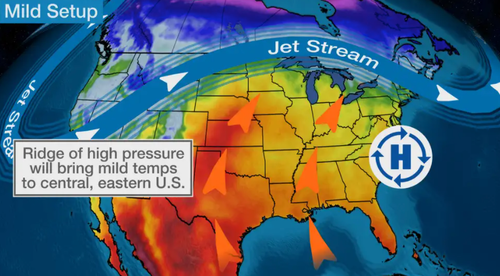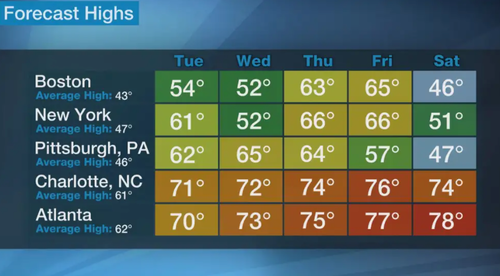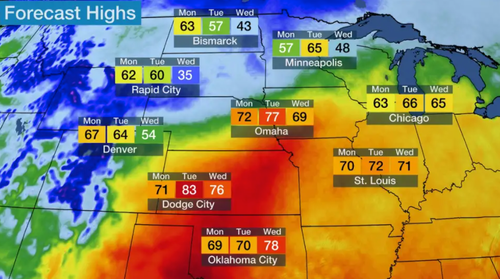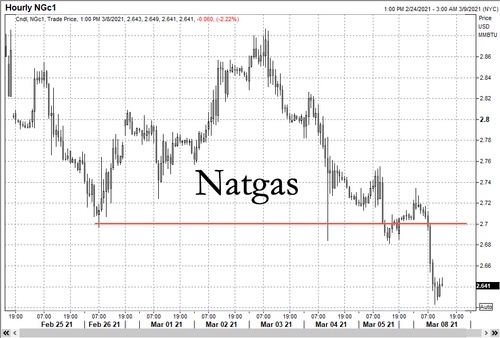
(Natural News) Large parts of North America could face long blackouts and other energy emergencies this winter as supplies of natural gas and coal begin to tighten.
According to the latest seasonal assessment of the North American Electric Reliability Council (NERC), a large portion of the North American [bulk-power system] is “at risk of insufficient electricity supplies during peak winter conditions.”
The regional grids with the largest risk of experiencing supply shortfalls this winter are in Texas, New England, the Carolinas and the central system stretching from the Great Lakes region down to Louisiana.
The NERC’s report noted that supply shortfalls, higher peak-demand projections, weaknesses in natural gas infrastructure and inadequate weatherization upgrades for generators are contributing to the heightened risk of power outages.
The risk would be further worsened by severe weather putting stress on these already weakened grids by causing demand for electricity to soar while supplies of energy coming from natural gas, coal and backup fuels like oil remain low. (Related: In the middle of a global energy crisis, Joe Biden promises to SHUT DOWN COAL PLANTS all across America.)
“The trend is we see more areas at risk, we see more retirements of critical generation, fuel challenges and we are doing everything we can,” said NERC Director of Reliability Assessment John Moura. “These challenges don’t kind of appear out of nowhere.”
Electricity bills to go up in winter
NERC’s warning for the coming winter notes that around a quarter of American households will also see their already high utility bills soar even higher this winter as demand for power shoots up.
…click on the above link to read the rest…


